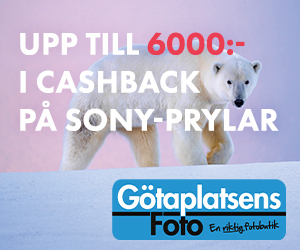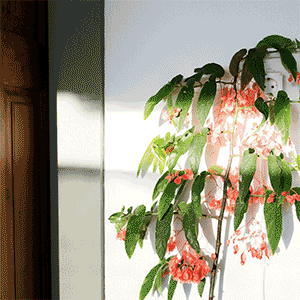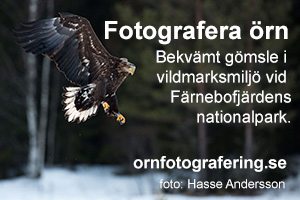Jag hade en gammal text i min Palm som jag snappade i nåt forum för längesedan. Jag tar mig friheten att lägga ut det här...
Hi all,
One always hears that fixed focal length lenses are better than zoom lenses,
but I think for many beginners this is a difficult thing to understand
and/or quantify. Certainly in my case, I felt I was getting decent pictures
with my system and wasn't sure what benefit there was to a fixed focal
length lens, beyond giving me more exercise.
Last August I got involved in the world of 35mm photography when I fulfilled
a long standing desire by buying a Canon EOS 5, which came with the standard
28-90mm/4-5.6 zoom lens. Since then I've shot probably 1-2 rolls of colour
negative film a month, with varying results. Obviously this information
indicates I'm on the bottom rung of amateurs in terms of knowledge and
experience, but I'm not attempting to teach by writing this, but rather
relate my experience.
Given the many statements by solid amateurs and professionals on how poor my
zoom lens was, I decided to buy a 50mm/1.8 lens to see if I could see the
difference. I found a second hand EF 50mm/1.8 Mk1 lens at a local camera
shop for around US$60. I bought it and the outlay was less than 10% of the
value of the rest of my kit. Many people argue that the Mk1 lens is better
than the Mk2 as it has a metal mount and a decent manual focus ring. I
haven't seen the Mk2, but I can assure you that the 50mm looks to be of
substantially better build than the 28-90 zoom, and the manual focus ring is
a pleasure to use.
I've shot a roll of Fuji Superia 200 film with the 1.8 over the last while
and was immediately struck by the extra range of photographic opportunities
afforded my by the extra speed. Shooting indoors with available light is
trivial, and outdoors in sunlight I can easily wind the EOS 5 right through
to 1/8000th of a second and still get a proper exposure. Pity I couldn't
find any subjects at hand that would benefit from that sort of shutter
speed! Interestingly, I didn't notice the extra brightness of the view
finder, but then the EOS 5 is acknowledged as having a very bright view
finder to start with.
This weekend I sent the roll to the developers, and had an opportunity to
look at the results.
My initial impression wasn't so much of the improved sharpness of the lens,
but rather the better colour rendition. Colours are more striking and
clearer, whilst shades of a colour are more subtly seperated. I guess
'professional' is a word that springs to mind, as the prints appear so much
more striking and pleasing to the eye.
Sharpness is clearly better than with the zoom. Close ups of a black cat
show fine detail around the eyes and mouth where the individual hairs are
white. Similar pictures with the zoom, at best, show a blurred greyness
around these regions, if the information is there at all.
One of the reasons suggested for buying a 50mm lens is to improve your
photography by forcing yourself to find an angle that works, rather than
just zooming. I think there is a lot to be learnt from using a 50mm lens,
but this isn't necessarily a top reason. For me, the greatest learning tool
this lens offers stems from its ability to highlight a bad photograph.
Of all the photographs taken with the 50mm, there is only one I would regard
as a keeper and even then only with heavy cropping. The 50mm highlights
technical mistakes in a most glaring fashion. Take a picture of the cat, and
she moves slightly at the critical moment. With the zoom, I probably
wouldn't even have noticed the loss of detail and slight blur, but with the
50mm it is enough to render the print useless compared to other prints that
are so sharp. Take a picure of a garden tap, and the camera wasn't quite
parallel to the tap. The photo was shot at F1.8, and the depth of field is
so small that half way down the image that tap is out of focus. Lessons
learned.
I found the 50mm lens also highlights composition imperfections. With the
zoom, a poor composition might go unnoticed, because the lack of detail and
colour makes the print overall seem 'okay'. Get the technical details right,
and the 50mm suddenly makes the print come alive with colour and detail ...
highlighting the fact that the composition really is rather poor and/or
uninteresting.
So, that's my initial experience with the Canon 50mm/1.8 compared to the
28-90mm/4-5.6. I'm not condemning the 28-90 nor trying to extoll the virtues
of the 50mm - rather I'm trying to relate my experience of these two lenses
as I feel they will help me develop as a photographer.
I don't know how the 50mm would compare to a higher quality zoom such as the
28-105 USM - I imagine the gap between the two would be a lot smaller than
with the 28-90.
Maybe this piece is of use to someone at a similar point in the learning
curve to me, and comments from all are always welcome.
 )
) 







